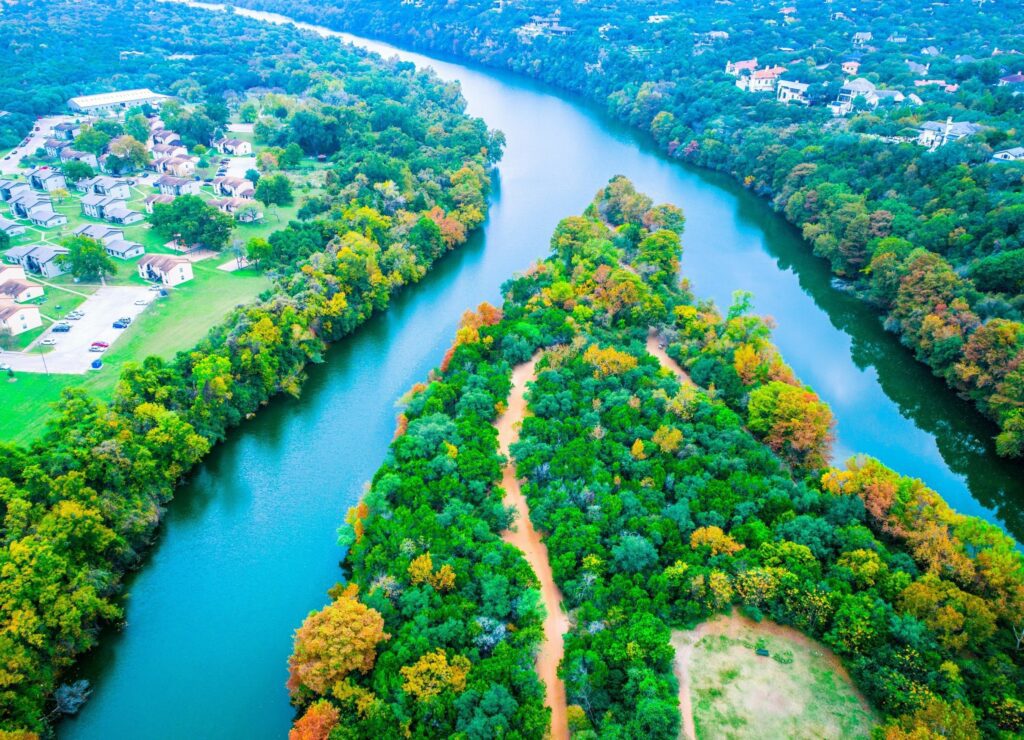The article discusses a recent study from the University of California, Santa Barbara, which investigates why some rivers form multiple channels while others remain single-threaded. Analyzing 36 years of satellite data from 84 rivers worldwide, the researchers, led by Austin Chadwick, found that rivers split into multiple channels when bank erosion occurs faster than sediment deposition on the opposite banks.
This study clarifies previous uncertainties in geoscience about river behavior, emphasizing that while both types of rivers transport the same amount of water, the difference lies in how they reshape their banks. Multithreaded rivers tend to accumulate deposits in the riverbed rather than the banks, leading to channel expansion and splits over time.
The research also offers insights into restoration efforts, revealing that single-threaded rivers require significantly more space and time to restore than their multi-threaded counterparts. This understanding can help in estimating the space needed for effective restoration projects and enhances our knowledge of how rivers play a crucial role in ecosystems and human communities.
Overall, the findings provide a clearer explanation of river dynamics and their broader implications for flood risks and restoration strategies.
Source link


